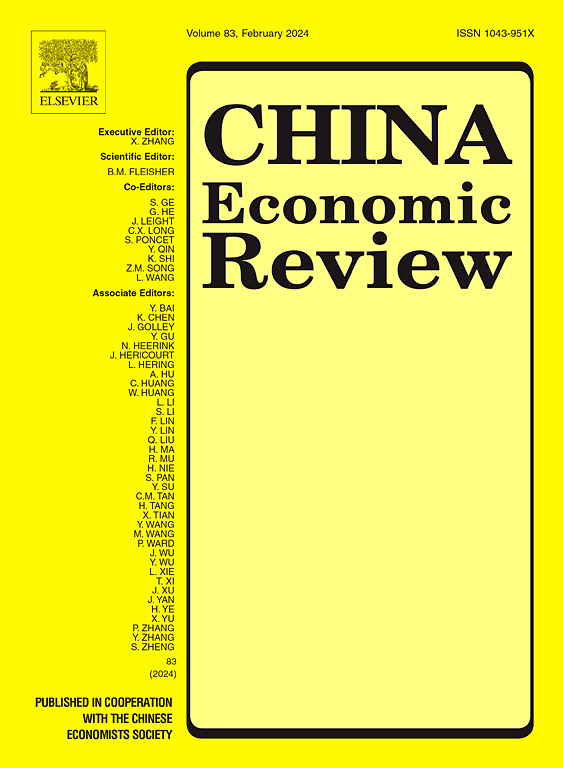Assessing effective VAT rates and tax efficiency at industry-level: The case of China
IF 5.5
1区 经济学
Q1 ECONOMICS
引用次数: 0
Abstract
In the real-world value-added tax (VAT) rates among industries are often non-uniform. Estimating effective VAT rates (EVATRs) at the industry level can increase understanding VAT burden and tax efficiency in individual industries. EVATRs should be solved endogenously in a general equilibrium framework, so the estimated EVATRs are consistent with the given data of the input-output relationship and industry net VAT revenues. We adopt this new approach to estimate the industry-level EVATRs and assess tax performance under China's multi-tiered VAT rate system on a set of newly released data. The results demonstrate many Chinese industries - in particular, all service industries - pay more VAT taxes than their statutory rates require. The VAT overpayment is mainly driven by unrefunded VAT for inputs by small firms, induced by government policies. We also find China and its industries have higher VAT tax efficiency than most OECD countries, which challenges the conventional preference for a uniform VAT rate regime.
评估行业层面的有效增值税税率和税收效率:以中国为例
在现实世界中,各行业之间的增值税税率往往是不统一的。在行业层面估算有效增值税税率(EVATRs)可以增加对个别行业增值税负担和税收效率的了解。evatr应在一般均衡框架下内生求解,因此估计的evatr与给定的投入产出关系和行业增值税净收入数据一致。我们采用这种新方法来估算行业层面的evatr,并根据一组新发布的数据评估中国多层次增值税税率制度下的税收绩效。结果表明,许多中国行业——尤其是所有服务行业——缴纳的增值税高于法定税率。增值税多付主要是由政府政策诱导的小企业投入的未退还增值税造成的。我们还发现,中国及其产业的增值税税收效率高于大多数经合组织国家,这挑战了对统一增值税税率制度的传统偏好。
本文章由计算机程序翻译,如有差异,请以英文原文为准。
求助全文
约1分钟内获得全文
求助全文
来源期刊

中国经济评论
ECONOMICS-
CiteScore
10.60
自引率
4.40%
发文量
380
期刊介绍:
The China Economic Review publishes original works of scholarship which add to the knowledge of the economy of China and to economies as a discipline. We seek, in particular, papers dealing with policy, performance and institutional change. Empirical papers normally use a formal model, a data set, and standard statistical techniques. Submissions are subjected to double-blind peer review.
 求助内容:
求助内容: 应助结果提醒方式:
应助结果提醒方式:


